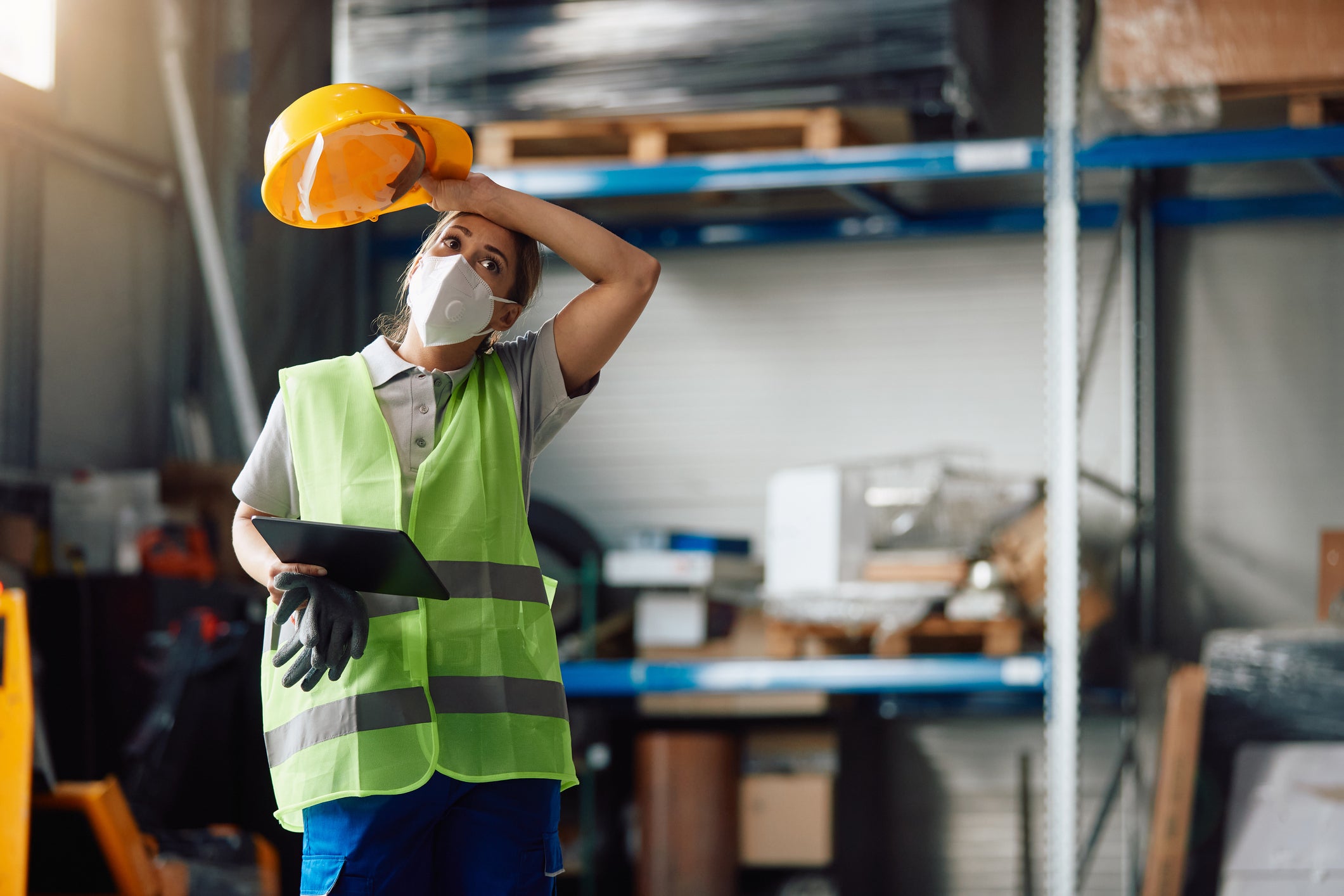As temperatures rise, the risk of heat-related illnesses becomes a significant concern for workers in various industries. Heat illness can range from mild symptoms like heat rash and cramps to severe conditions such as heat exhaustion and heat stroke, which can be life-threatening if not addressed promptly. To ensure the safety and well-being of employees, it's essential for employers and workers alike to implement strategies to prevent heat illness in the workplace. In this guide, we'll explore practical tips and best practices for staying safe and cool on the job, even in the hottest of conditions.
1. Stay Hydrated
a. Drink Plenty of Water: Encourage workers to drink water frequently throughout the day, even if they don't feel thirsty. Provide easy access to cool, potable water sources and encourage regular hydration breaks.
b. Avoid Dehydrating Beverages: Limit consumption of caffeinated drinks and alcohol, as these can contribute to dehydration. Instead, opt for water or electrolyte-rich beverages to replenish fluids and minerals lost through sweating.
2. Take Regular Breaks
a. Schedule Rest Periods: Implement a schedule that allows workers to take regular breaks in shaded or air-conditioned areas. Encourage workers to rest and cool down during breaks to prevent overheating and fatigue.
b. Rotate Tasks: Rotate workers between indoor and outdoor tasks to minimize prolonged exposure to heat. Assign lighter or less strenuous tasks during the hottest parts of the day to reduce the risk of heat-related illnesses.
3. Dress Appropriately
a. Wear Lightweight Clothing: Provide workers with lightweight, breathable clothing made of moisture-wicking fabrics to help keep them cool and dry. Encourage the use of wide-brimmed hats and sunglasses to protect against sun exposure.
b. Use Personal Protective Equipment (PPE): Ensure that any required PPE is suitable for hot weather conditions and does not impede heat dissipation. Consider using cooling vests or bandanas to help workers stay cool while wearing protective gear.
4. Create a Cool Work Environment
a. Provide Shade: Set up shaded areas or pop-up tents where workers can take refuge from the sun during breaks. Use canopies or umbrellas to provide shade over outdoor work areas whenever possible.
b. Use Fans or Air Conditioning: Install fans or portable air conditioning units in indoor workspaces to improve air circulation and provide relief from heat. Consider using misting systems or evaporative coolers in outdoor areas for additional cooling.
5. Monitor for Signs of Heat Illness
a. Train Workers: Educate workers on the signs and symptoms of heat-related illnesses and emphasize the importance of reporting any symptoms promptly. Provide training on how to recognize and respond to heat-related emergencies.
b. Implement a Buddy System: Encourage workers to look out for each other and recognize signs of heat illness in their coworkers. Establish a buddy system where workers can monitor each other's well-being and provide assistance if needed.
6. Adjust Work Practices
a. Modify Work Schedules: Consider adjusting work schedules to avoid the hottest parts of the day, such as starting work earlier in the morning or working later in the evening. Limit outdoor work during peak heat hours whenever possible.
b. Implement Engineering Controls: Explore engineering solutions such as shade structures, insulation, or ventilation improvements to reduce heat exposure in work environments. Consider implementing automation or mechanization to reduce physical exertion in hot conditions.
7. Stay Informed
a. Monitor Weather Conditions: Stay informed about weather forecasts and heat advisories in your area. Adjust work plans and safety protocols accordingly based on predicted temperature and humidity levels.
b. Stay Updated on Regulations: Familiarize yourself with local and national regulations and guidelines related to heat stress prevention in the workplace. Ensure that your company's safety policies and procedures align with regulatory requirements.
Conclusion
In conclusion, preventing heat illness at work requires a proactive and multi-faceted approach that addresses hydration, rest, clothing, environment, monitoring, and adaptation. By implementing strategies to keep workers cool, hydrated, and informed, employers can create a safer and healthier work environment, even in extreme heat conditions. By prioritizing worker safety and well-being and fostering a culture of heat stress prevention, companies can mitigate the risk of heat-related illnesses and ensure the health and productivity of their workforce all year round. Stay cool, stay safe, and beat the heat with these essential prevention strategies for heat illness at work.

